A surfboard has been transformed into a state-of-the-art automated inspection device to gather information on the vital drinking water infrastructure.
Scottish Water has worked with partners to develop the unique device to make it significantly safer, quicker, easier, and cheaper to detect and analyse cracks and other faults on hard to reach assets.
It recently successfully trialled the device – which has been called the Platypus due to the shape of it - to inspect a section of the Talla Aqueduct which provides most of Edinburgh's drinking water.
Previously, inspections of this vital infrastructure were much more difficult and involved a team of up to 200 people and hundreds of hours. The aqueduct, which was built in Victorian times and is buried six metres below ground in places, needed to be fully drained in sections for inspection whilst ensuring no loss of water supply to customers.
The surfboard technology will now be used by Scottish Water to carry out an inspection of the entire 45-km length of the aqueduct. This time round far fewer staff will be needed and the process will be done much more quickly and at less cost and no water will have to be drained at the site.
The Platypus was the brainchild of robotics experts in Australia, Abyss Solutions. The firm had previously developed remotely operated vehicles (ROVs) which gathered high resolution underwater imagery from reservoirs. They adapted this to be able to gather high resolution imagery from above and below the water inside Talla Aqueduct so it could be kept fully operational.
Working with Scottish Water they created the Platypus, which operates as an autonomous surface vehicle (ASV). It was developed using a standard surfboard as a platform to support specialist recording equipment. High definition cameras and lighting were fitted along with sensors which steer it along a pre-programmed alignment and redirect it around obstacles.
The Platypus uses sonar, gathering data below water level and a remote sensing method that uses light in the form of a pulsed laser to measure ranges above water level. The data generates three-dimensional models of the internal surface which is recorded on the device. The footage is then passed through software which cleans up the images and is then able to identify and categorise defects within the asset. Once detected, engineers can carry out more detailed inspections and necessary repairs in these areas.
Darragh Hoban, project manager for Scottish Water, said: "Talla Aqueduct is a vital supply line for the Capital's drinking water. It is an impressive feat of engineering and has stood the test of time, having supplied water to Edinburgh's residents for well over a century. It was built robustly and is still in good condition overall.
"Like all water companies we need to maintain an ongoing understanding of the condition of our assets. To date inspections have been carried out every ten years and required water within the aqueduct to be drawn down so teams of inspection engineers and rescue personnel could enter the structure, with additional teams needed on the surface to coordinate activities and support safe access.
"A number of factors led to us looking at new ways of inspecting the Talla Aqueduct. It is almost entirely below ground and access is mostly through access shafts often in remote locations which increase health and safety risks associated with personnel entry to the aqueduct. By removing the need for personnel entry to the aqueduct, the health and safety risks are substantially reduced and there is no need to interrupt water supply to the water treatment works."
The Platypus was recently trialled along a 1.5km long section of the Talla Aqueduct. It was the first time the asset was inspected without the need to physically send operatives into the aqueduct and without having to interrupt the flow of water. It recorded the dimensions and shape of individual features including valves, chambers, silt levels and surface defects. The data is then stored and this enables the interior condition of Talla to be tracked and predictions of any defects made - something that has not been easy to do using past inspection techniques. Frequent inspections of the same defects allows changes to be identified and monitored and, when and where needed, repairs or work to prevent defects carried out.
Mr Hoban said: "The trial was a huge success with the Platypus providing a safer and less disruptive method of inspection, we are now planning to inspect the remaining part the of aqueduct using the Platypus. Results to date indicate the Platypus ASV approach may also offer solutions for inspection of other similar Scottish Water assets."
David Brady, Head of Global Water at Abyss Solutions, and his team came up with the idea for the Platypus. They decided to use a surfboard due to its ability to float and manoeuvre round corners inside the Aqueduct – and told how they fitted it with the same technology used for the navigation of driverless cars.
He said: "Often difficult-to-get-to assets are underwater and we specialise in using remote operated submersibles fitted with specialised cameras and lighting. The Talla Aqueduct followed on from a number of similar aqueducts in Australia, one of which was home to a colony of endangered microbats.
"On each project we design and build survey vessels to suit the specific conditions. For Talla, precise positioning of any defects identified was a must as well as the accurate mapping of the tunnel's route between access points. For this reason, the same technology used for the navigation of driverless cars was incorporated into the suite of sensors – and this time a surfboard.
"We relished the opportunity to apply the latest technologies, thinking a little bit outside the box for this specific brief, to assist with the ongoing operation of this engineering marvel."
Aqueducts carry water from a source to a distribution point far away and often include pipes, ditches, canals, tunnels and valves. Talla Aqueduct started operating in 1905 and stretches from Talla and Fruid Reservoirs in the Borders taking raw water to Glencorse Water Treatment Work just outside Edinburgh. For most of its length the aqueduct runs as a tunnel, split by several bridges and siphons. It is capable of taking up to 127 megalitres of water in a day - enough to fill more than 50 Olympic swimming pools.
It had a £2.6m upgrade in 2014 when 350 metres of tunnels were refurbished and new valves and flooring put in its chambers. The work was carried out after Scottish Water engineers were sent into the tunnels to visually inspect the tunnel and identified areas which needed to be refurbished to ensure it continues to serve the people of Edinburgh well into the future.
(MH/JG)
Construction News
29/01/2020
Surfboard Transformed Into State-Of-The-Art Inspection Device
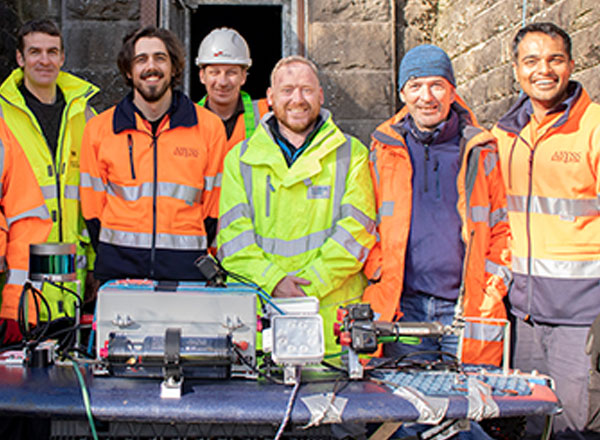
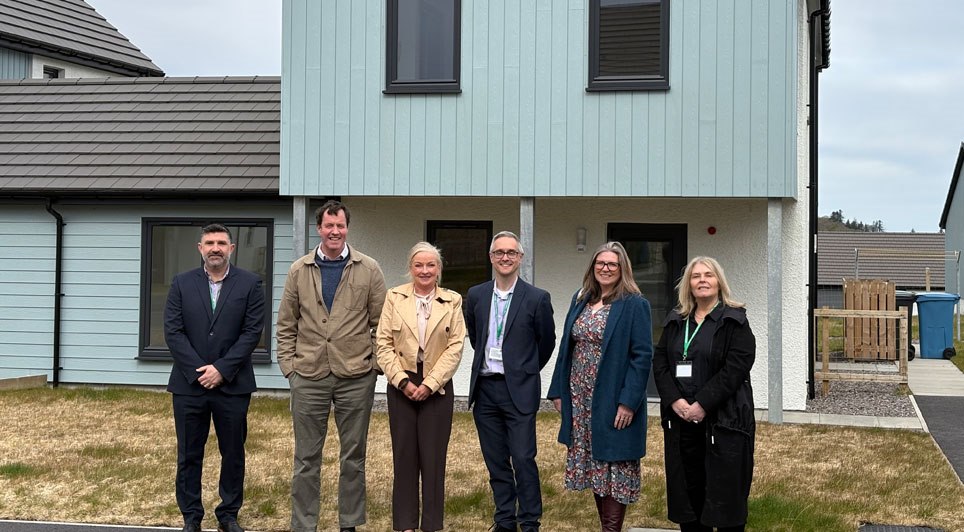
29/04/2025
Albyn Housing Society, a major social housing provider operating across the Highlands, is expanding its portfolio to the Isle of Skye for the first time.
The society, which manages almost 3,900 properties across 80 rural communities on the mainland, will soon hand over seven new affordable homes i
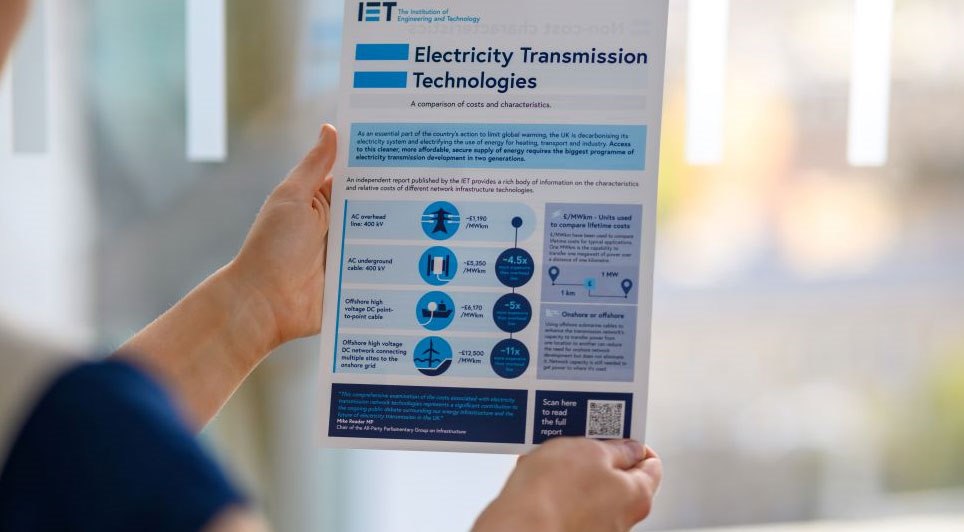
29/04/2025
As SP Energy Networks progresses with its ambitious £10.6 billion investment plan (RIIO-T3) to upgrade Central and Southern Scotland's electricity transmission network between 2026 and 2031, a new independent report has shed light on the costs and characteristics of various transmission technologies
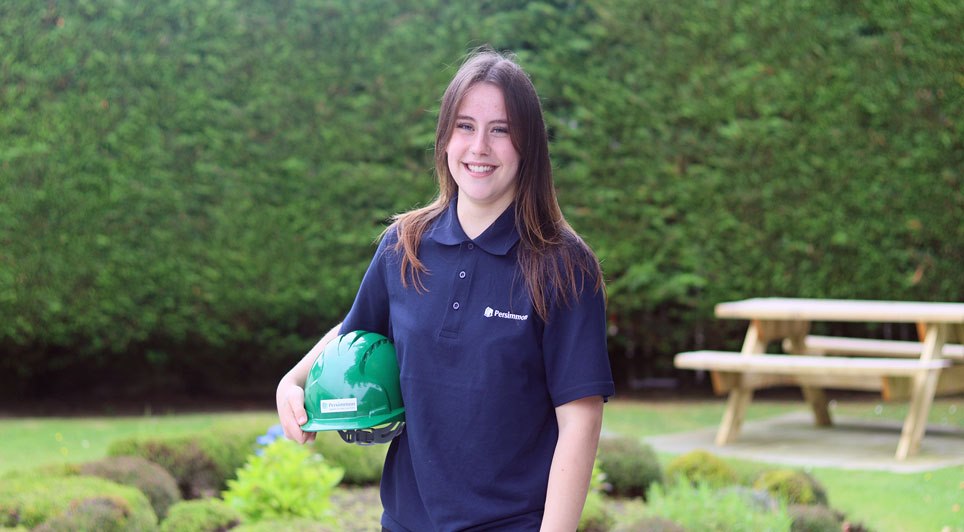
29/04/2025
Casey Gardner, a 19-year-old apprentice painter and decorator from Fife, is set to represent Scotland in the national final of the prestigious 2025 PDA Premier Trophy Awards – Apprentice of the Year Competition.
Ms Gardner secured her place after a successful performance in the Regional Heat held

29/04/2025
Keith Anderson, Chief Executive of ScottishPower, has been named Business Leader of the Year at an awards ceremony held at the EICC in Edinburgh. Mr Anderson was chosen from a shortlist of eight company leaders, including representatives from The Ivy Collection, Greggs, Cazenove Capital, and the Mur
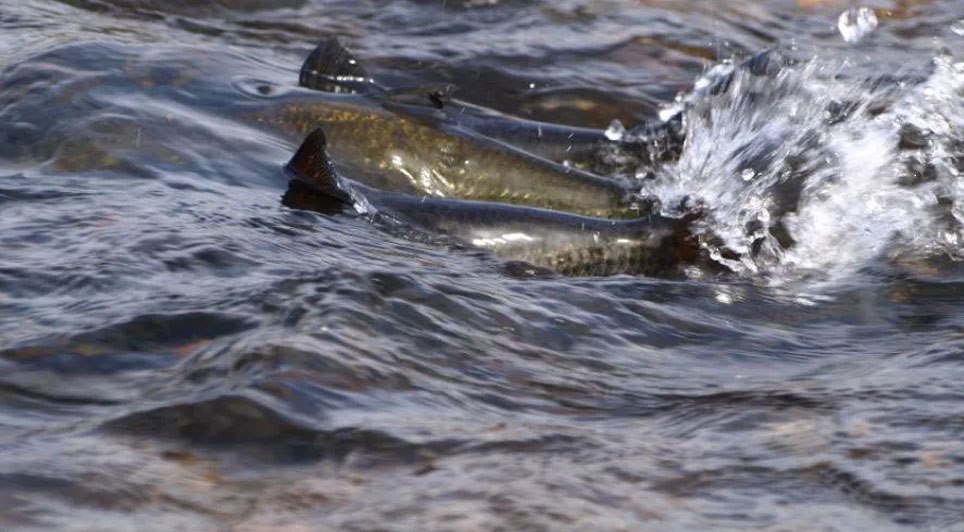
29/04/2025
Significant progress has been made this week on major development plans for the strategically important Hunterston site in North Ayrshire.
Members of the council's Planning Committee approved proposals for the creation of a salmon rearing facility at the location.
The applicants, Bakkafrost Scotl
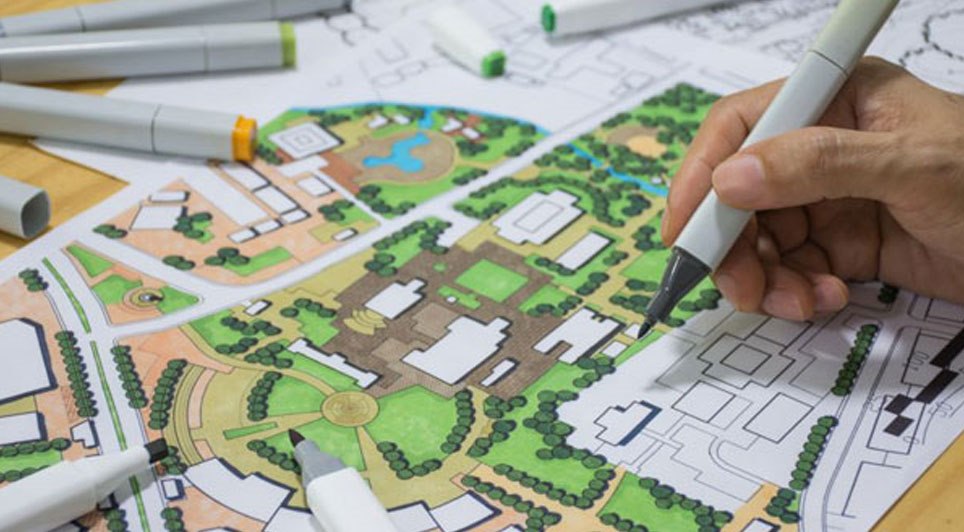
29/04/2025
The local community in Innerleithen, including pupils from St Ronan's Primary School and local councillors have celebrated the official reopening of the village's play park following significant improvement works.
The much-anticipated upgrades to the facility include extensive drainage work and the
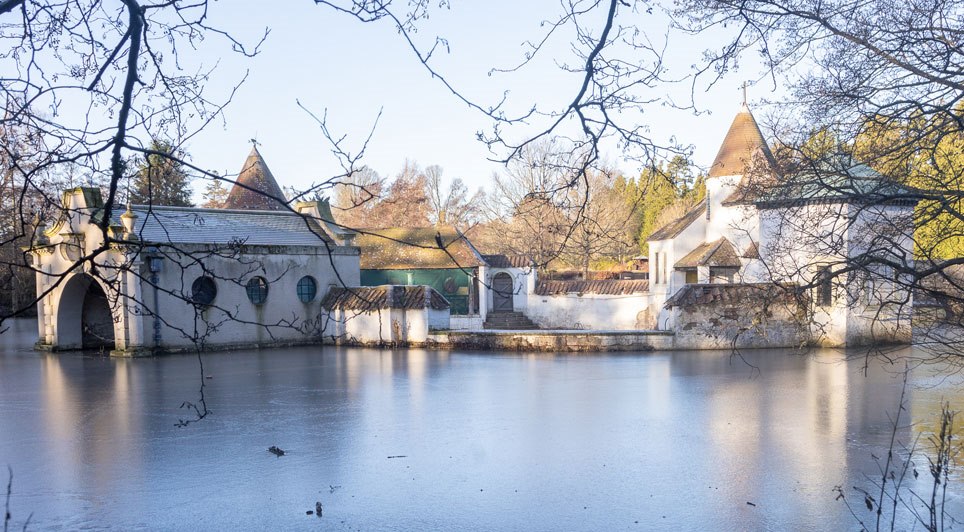
29/04/2025
Craigtoun Country Park, a popular destination near St Andrews, is poised to see a significant upgrade to its beloved Dutch Village situated on the boating lake. The structure is set to undergo essential repairs, including new rendering and roof tiles, thanks to newly secured funding.
Fife Council h
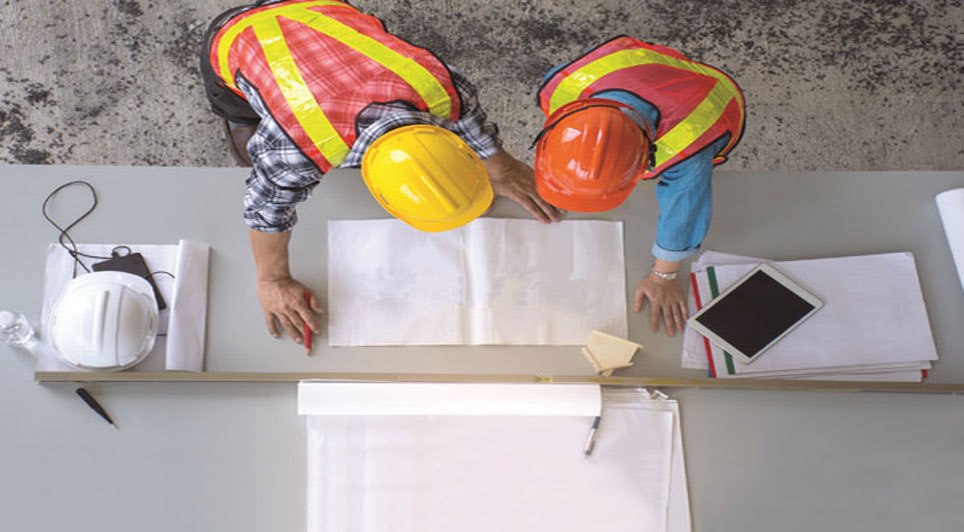
29/04/2025
Residents of the Kirkton area of Dundee are a step closer to a new community centre following the allocation of £1.5 million in funding. The money has been awarded to local charity Kirkton Community Centre SCIO through the UK Government's Community Regeneration Partnership (CRP).
The funding will e

29/04/2025
Gas network operator SGN has been lauded for its exceptional commitment to customer service, securing four prestigious gold awards at the CCA Global Excellence Awards 2025 ceremony held in Glasgow last night. The accolades affirm SGN's position as industry leaders in customer care and innovation.
T
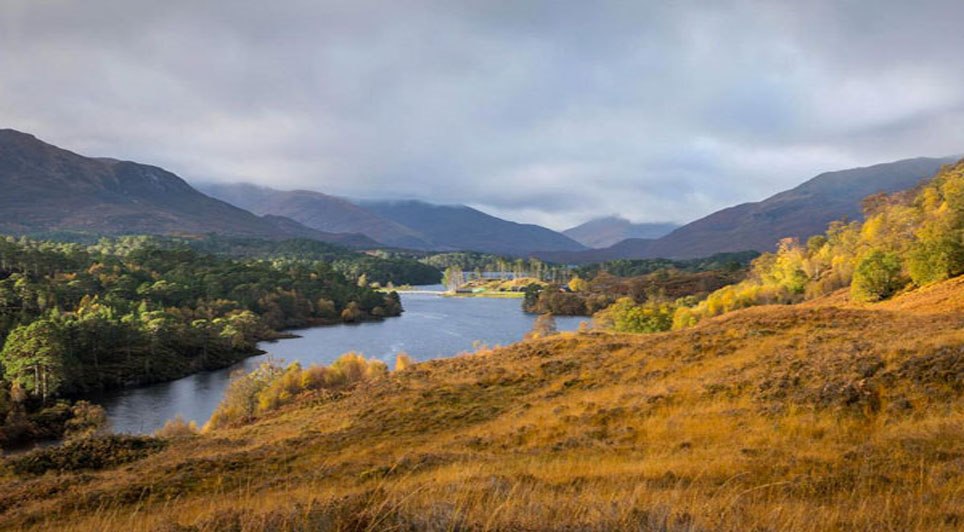
29/04/2025
A collaborative effort involving public, private, and academic organisations has culminated in the launch of a ten-year strategy aimed at fostering sustainable economic growth across the Highlands and Islands. The Highlands and Islands Regional Economic Partnership (HIREP) has unveiled its Regional
 Scotland
Scotland UK
UK Ireland
Ireland London
London











